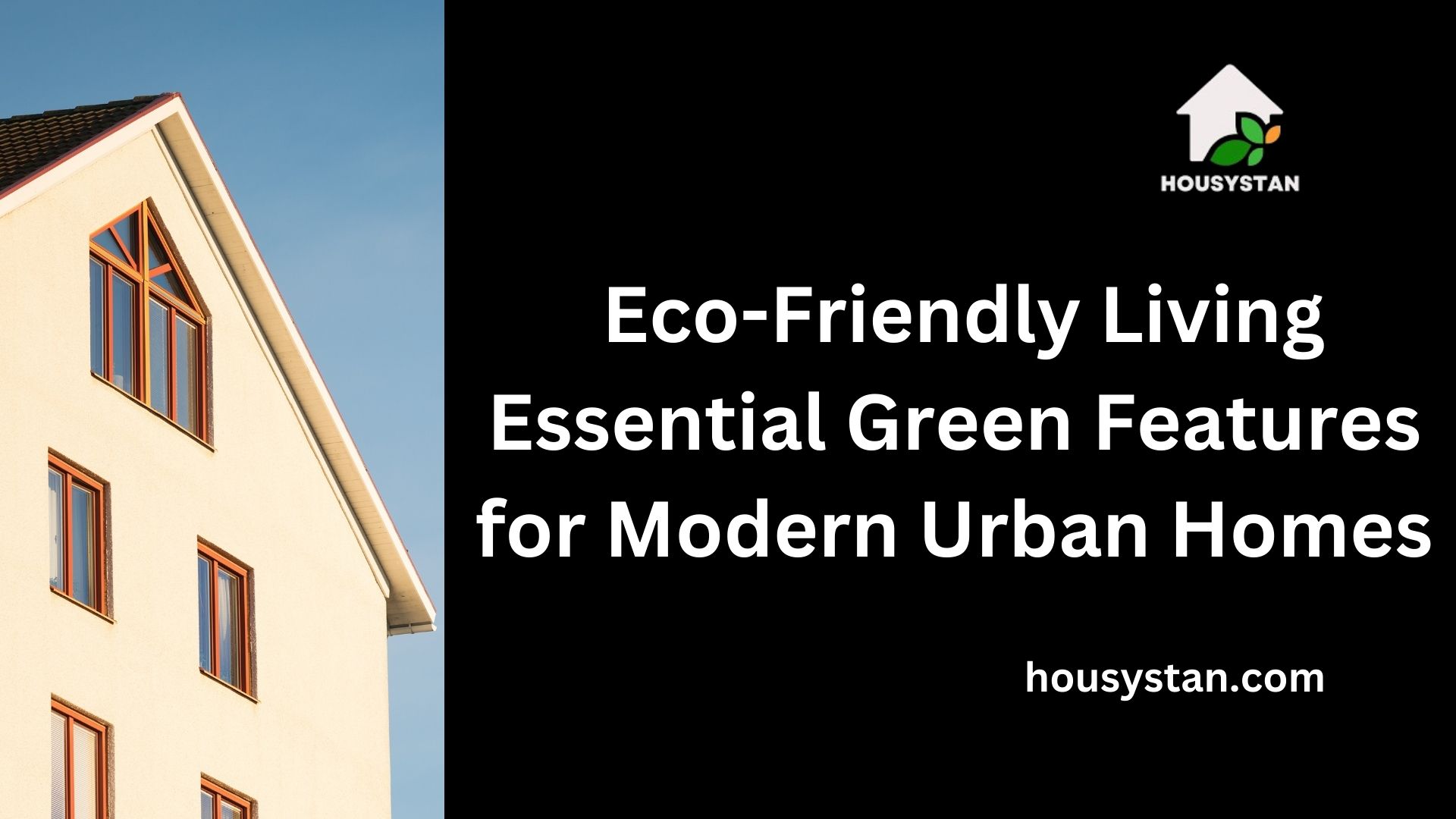Eco-Friendly Living: Essential Green Features for Modern Urban Homes
Read latest blogs and articles from Housystan

The Information mentioned here was last updated on:
27/11/2025Adopting an eco-friendly lifestyle in today’s urban environments is more important than ever. With growing concerns about climate change and resource depletion, modern city dwellers seek sustainable solutions for their homes. Integrating green features not only reduces the environmental impact but also enhances comfort and lowers utility expenses. Cities like New York, Los Angeles, Chicago, and San Francisco are leading the charge, making sustainable living accessible and attractive to residents.
One essential aspect of eco-friendly urban living is energy efficiency. Installing double-glazed windows, smart thermostats, and LED lighting helps conserve electricity while maintaining a comfortable indoor environment. Solar panels are also becoming increasingly popular in urban areas, harnessing renewable energy and reducing dependence on traditional power sources. Residents in metropolitan regions benefit from government incentives that make switching to solar both practical and affordable.
Water conservation is another key feature for sustainable homes. Urban apartments and houses can install low-flow faucets, dual-flush toilets, and rainwater harvesting systems to minimize water waste. In cities facing water shortages, these measures are especially valuable and contribute to long-term savings on utility bills.
- Verified Tenants/Buyers
- Unlimited Property Listing
- Zero subscription/charges fee
Indoor air quality is critical for urban populations. Incorporating indoor plants, using non-toxic paints, and ensuring proper ventilation all contribute to a healthier living space. Living green walls and rooftop gardens not only filter pollutants but also provide a touch of nature amidst the concrete landscape. Many communities across the United States, including Seattle and Austin, are adopting green roofing solutions to enhance biodiversity and reduce heat island effects.
Choosing sustainable building materials is another important consideration. Recycled steel, bamboo flooring, reclaimed wood, and low-VOC finishes are popular options for eco-conscious homeowners. These materials minimize environmental impact and add unique character to modern residences. Local sourcing, especially in vibrant metropolitan areas, further reduces transportation emissions and supports regional economies.
By prioritizing eco-friendly features in urban homes, residents contribute to healthier cities and a greener planet. Embracing sustainability in places like Boston, Portland, Denver, and Miami not only benefits the environment but also adds long-term value to properties. As the demand for sustainable housing grows, integrating green solutions is essential for modern urban living and for a brighter, cleaner future.